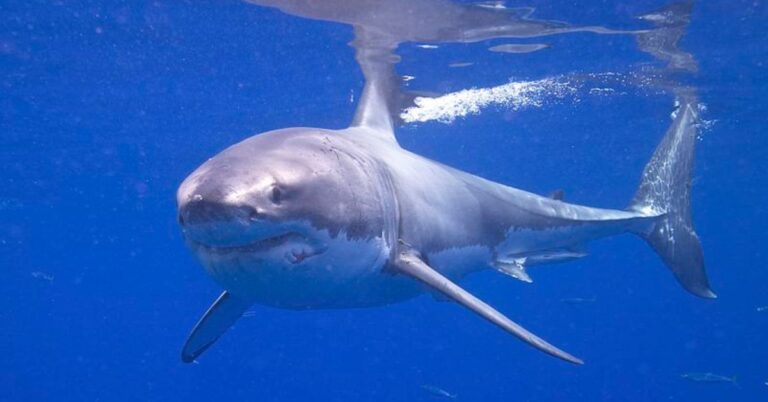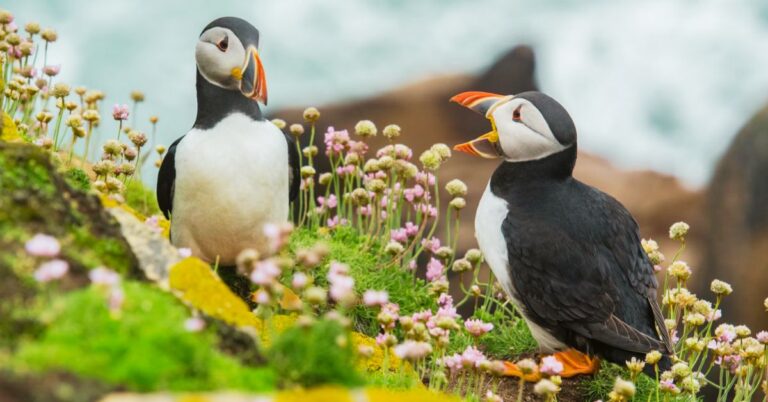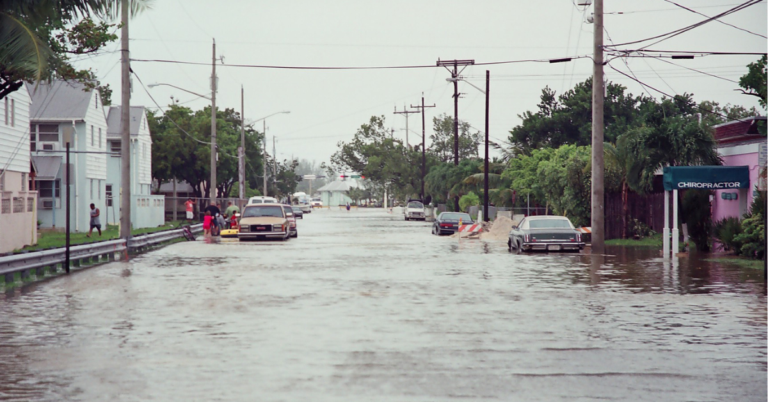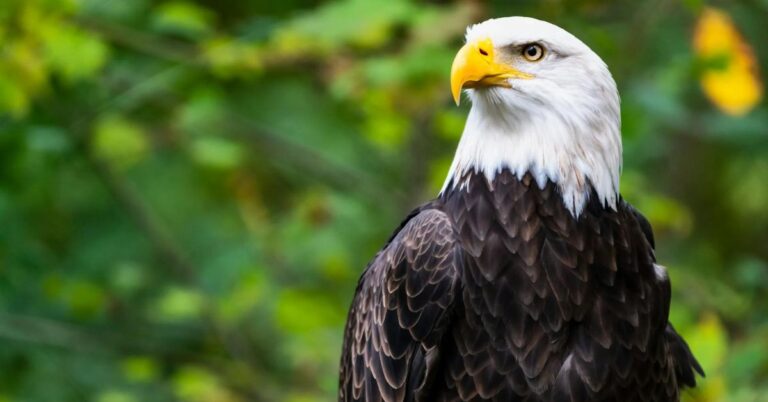15 Places Where Sustainable Tourism Initiatives Are Quietly Gaining Momentum
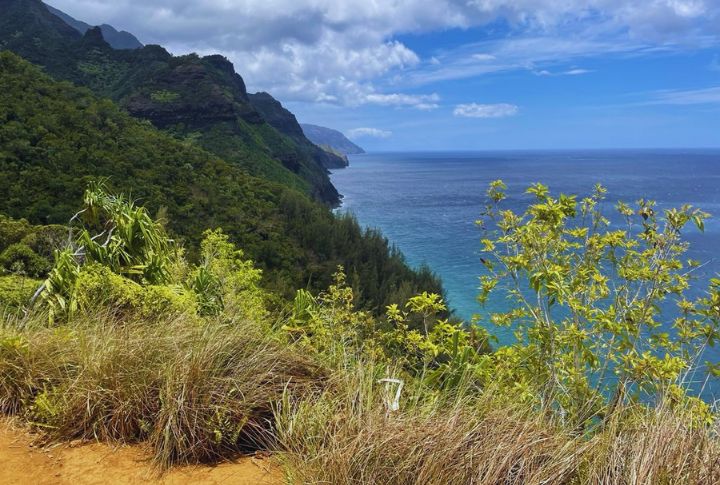
Not all places want the spotlight. Some places even want to be as far away from it as possible. They prefer to stay quiet and let the land set the pace. These places are where nature leads, and people follow without making a fuss. That’s exactly what the owners are trying to maintain.
Aguacaliente Wildlife Sanctuary, Belize

This sanctuary protects some of Belize’s rarest birds, including the jabiru stork and the yellow-headed parrot. Public access is recommended through guided educational visits, and while tourism isn’t entirely prohibited, it may be limited based on seasonal or ecological conditions.
Lord Howe Island, Australia
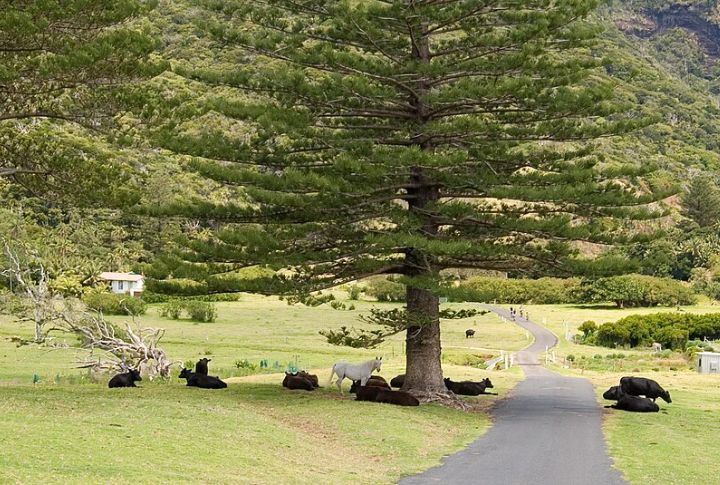
Only 400 tourists can visit at a time, and that’s non-negotiable. This cap preserves one of the most unique island ecosystems on Earth. With endemic species and UNESCO status, the island balances dreamy escapes with rigid environmental safeguards. Too many people and the magic unravels fast.
Hawaii, USA
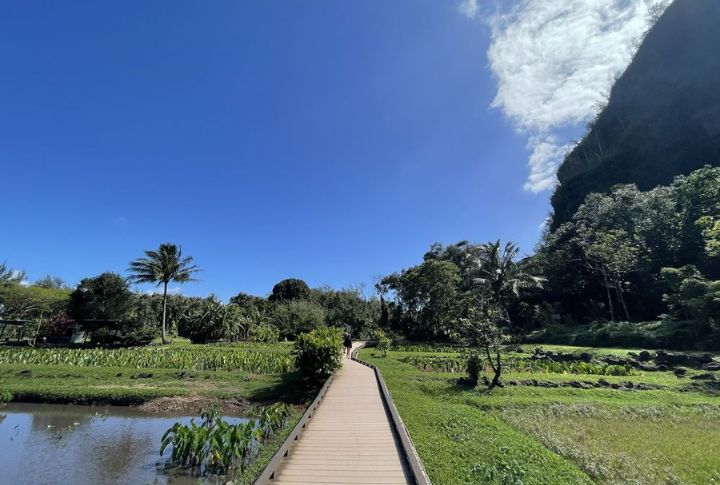
Some of Hawaii’s most fragile environments are now protected through tourism caps and permit-only access. Places like Haʻena State Park and Waiʻanapanapa limit daily visitors to reduce damage to native ecosystems. Local leaders prioritize restoration, with new rules that keep crowds in check and nature in focus.
Bladen Nature Reserve, Belize
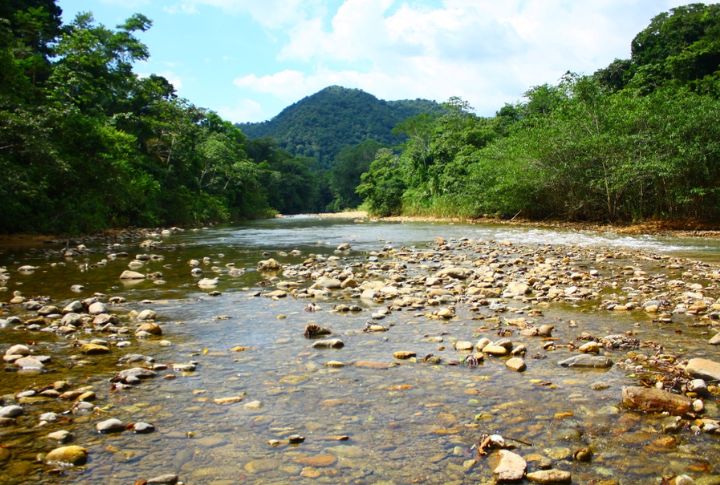
Belize’s most biodiverse reserve gets more protection than promotion, and that’s on purpose. Tourists can’t wander in, but researchers have the green light. The ban on casual visitors keeps studies focused and the ecosystem intact. It’s a sanctuary built for science, not sightseeing.
Tso Moriri Lake, India
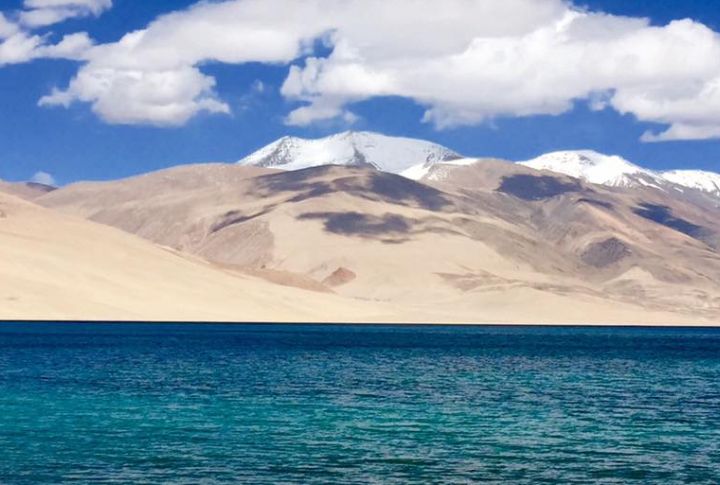
Tso Moriri is a Ramsar-listed wetland in Ladakh, sitting over 15,000 feet high. Local villagers restrict shoreline construction and cap the number of visitors. Wildlife like the bar-headed goose and Tibetan gazelle rely on this balance. The calm you feel here is carefully protected, not accidental.
Dorob National Park, Namibia
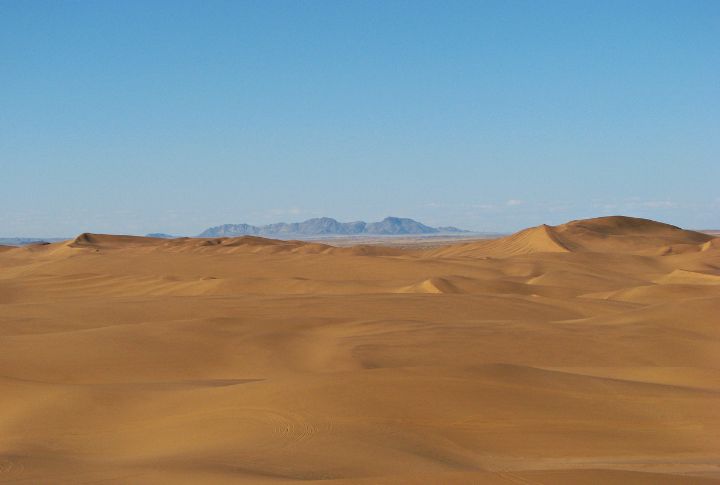
Namibia’s Dorob National Park divides access into zones. Some areas are entirely off-limits to protect breeding grounds and rare desert species. Visitors can still explore designated parts, but only within marked paths. Nature, exclusively, shapes how people move through the space.
Pettorano Sul Gizio, Italy
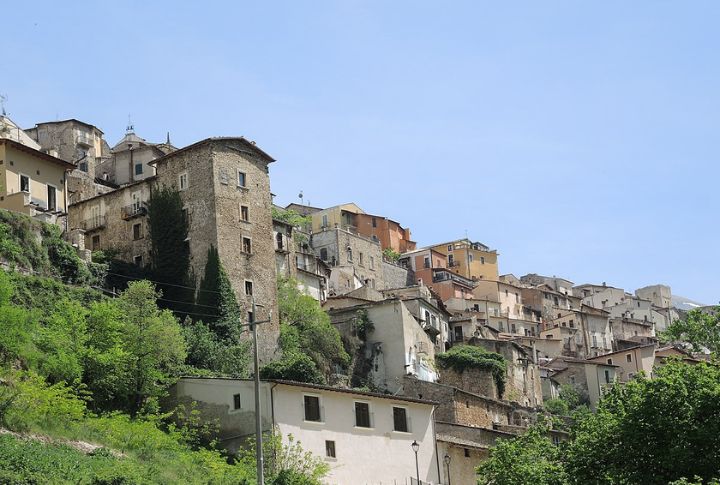
Visitors to this Apennine village are welcome, but the focus stays on the Marsican brown bear. Residents have put up bear-proof bins and restricted development to support the species. Conservation started with locals who decided to make their homes safer for wildlife.
Kyoto, Japan
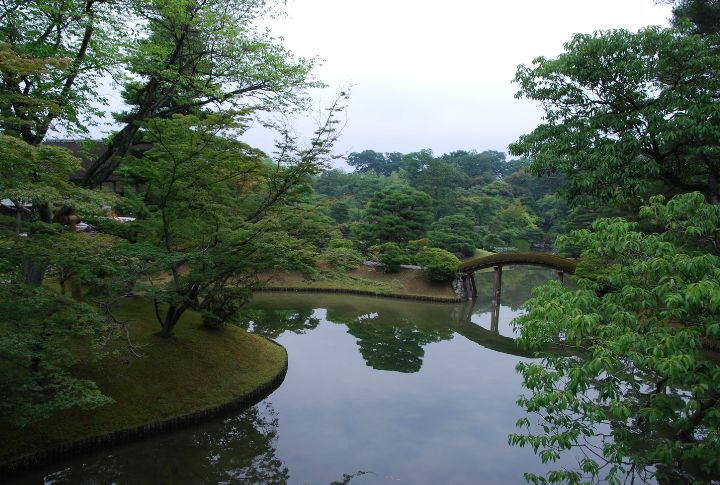
Kyoto has started limiting access to specific sites and neighborhoods to preserve its historic charm and natural surroundings. The city now promotes off-season travel and caps entry to places like Saiho-ji and Katsura Imperial Villa. These measures aim to reduce wear on cultural and natural landmarks.
Cockscomb Basin Wildlife Sanctuary, Belize
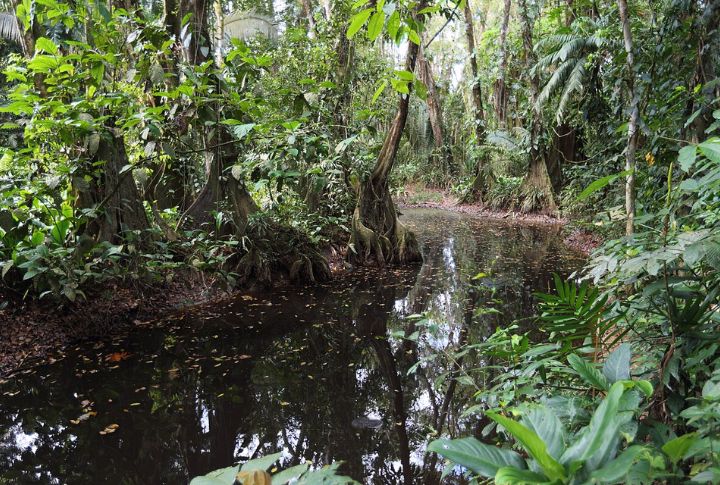
Cockscomb Basin was the world’s first jaguar preserve, and that title means something. Visitor access is kept tight, with limited trails and ranger oversight. Most never spot a jaguar, which signals success. These elusive cats need space to thrive, not camera flashes or crowds.
Ngorongoro Conservation Area, Tanzania
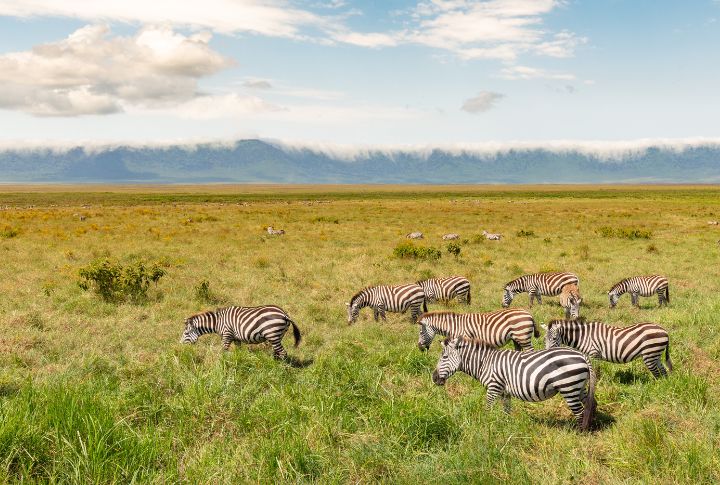
Tourists love it, but so do local Maasai communities. The area’s balancing act involves preserving wildlife while honoring indigenous rights. Visitor activities are carefully regulated, not for show, but to keep fragile systems from collapsing under pressure.
Sierra Chincua Sanctuary, Mexico

Access to Sierra Chincua opens only during the monarch migration season. Visitor numbers are controlled and timed to reduce disturbance. The butterflies cluster here in dense, fragile colonies. Outside the migration window, the sanctuary shuts its gates completely to let the forest recover.
Tso Kar Wetland, India
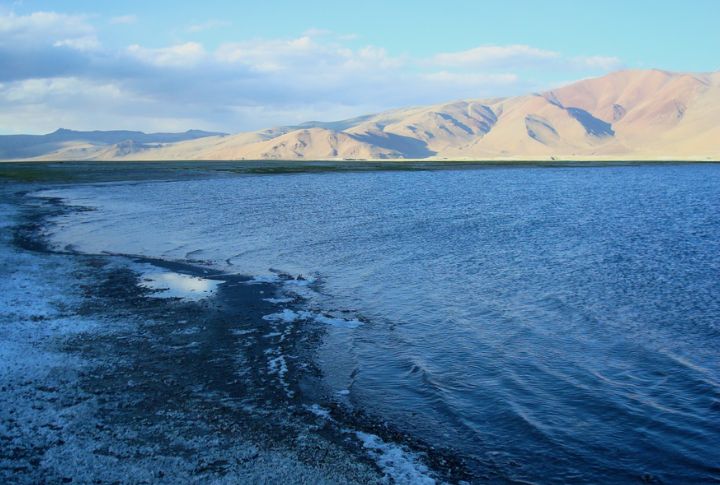
Bird habitats take priority at Tso Kar, and that rule stands firm. Vehicle access is blocked in sensitive areas, and visitor numbers are capped by locals who know the land well. At over 14,000 feet, the wetland faces big threats and meets them with quiet, steady action.
South Water Caye Marine Reserve, Belize
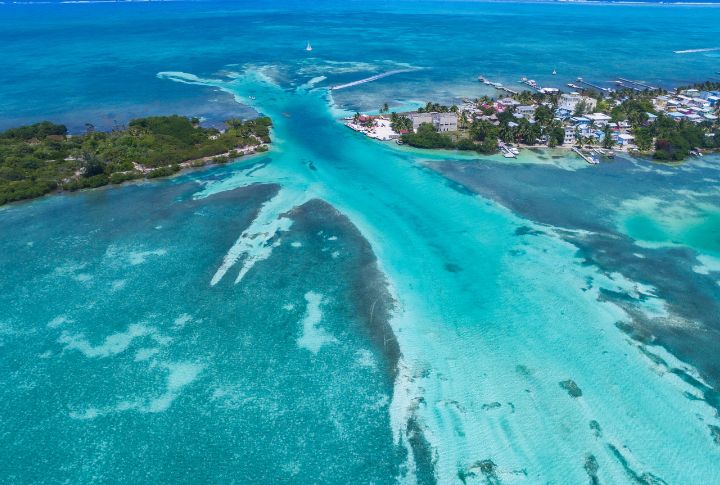
South Water Caye Marine Reserve limits visitor activities through strict zoning and permitting rules. Fishing is allowed only in designated areas, and tour operators must stick to low-impact routes. Snorkeling and diving are allowed within set boundaries to help protect reef ecosystems from long-term stress.
Monarch Butterfly Biosphere Reserve, Mexico
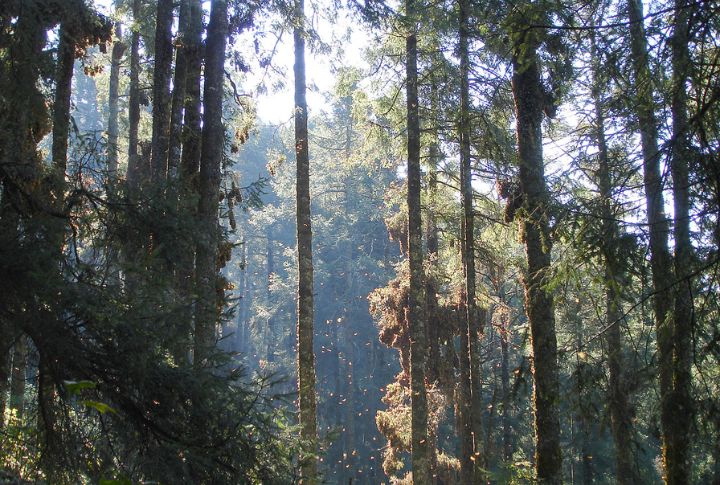
The reserve only opens to visitors during peak monarch migration, when millions cluster in oyamel fir trees. Outside that short season, it remains closed. Overcrowding can disrupt the colonies, so timing and numbers are tightly managed. Here, butterflies lead, and people follow with care.
Tapir Mountain Nature Reserve, Belize
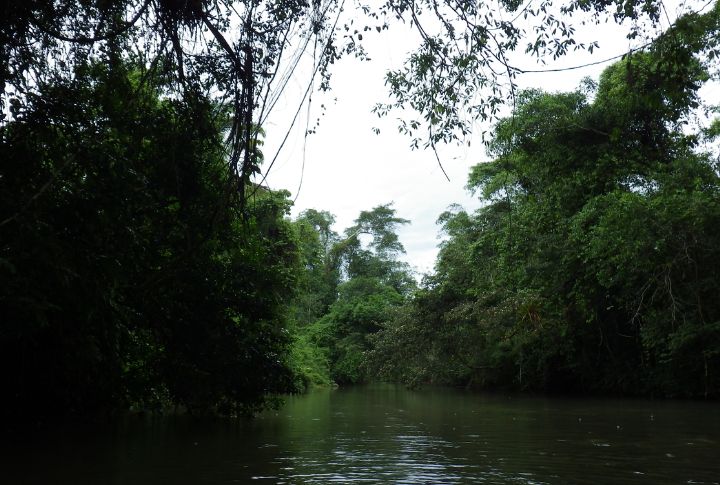
Licensed guides may lead visitors through approved trails in Tapir Mountain Nature Reserve, but most of the 6,000-acre area remains off-limits. Set deep in the Maya Mountains, it protects some of Belize’s richest tropical forests. Limiting access helps reduce ecological stress and support long-term biodiversity research.

